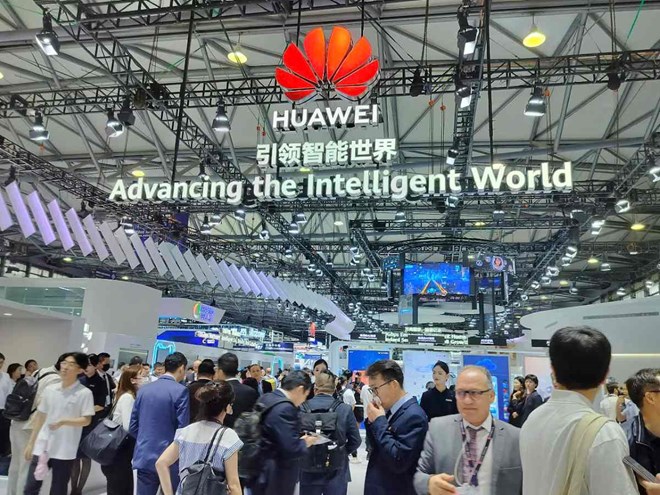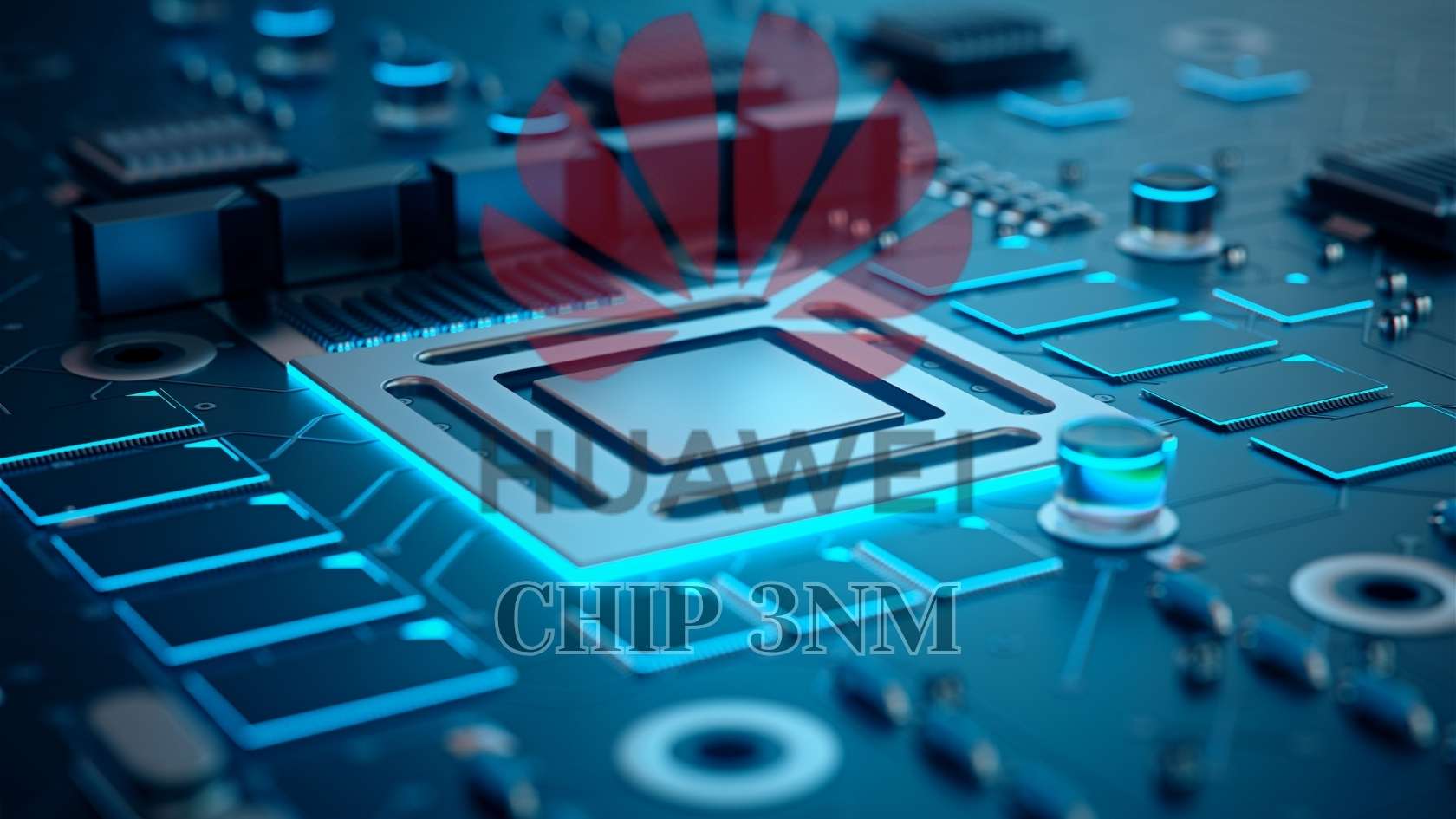
Huawei cannot use EUV (ultraviolet optical fiber technology due to the US ban, but has found its own solution from domestic partners. The company's Research and Development (R&D) department is applying 2 methods for the new 3nm chip.
In particular, GAA (Gate-All-Around) arch-cape architecture - the standard currently used by TSMC and Samsung. This is an advanced semiconductor ball structure, helping to improve performance, reduce consumption capacity and enhance the expansion of electronic devices. In addition, the transistor port completely surrounds the channel, allowing better control of the current flowing through, helping to improve performance and reduce consumption.

The remaining method is applied by Huawei based on nano carbon tube technology instead of traditional silicon semiconductors. The channel has a small cylindrical structure, made up of carbon atoms arranged in a hexagonal shape, allowing electrons (electric charge) to run through with minimal electricity.
According to United Daily News, Huawei's 3nm chip development based on this technology has now completed the laboratory verification process, and is being adjusted to include in SMIC's production line and be available on the market next year.
GizChina predicts that next year, the 3nm chip may still use the Kirin X90 similar manufacturing method by taking advantage of DUV machines, meaning limited output and high costs.











